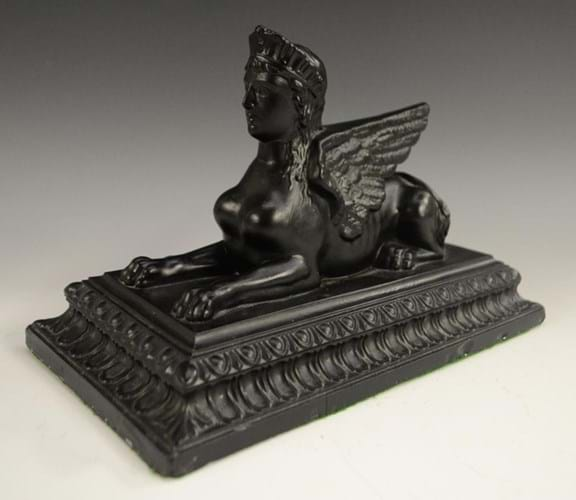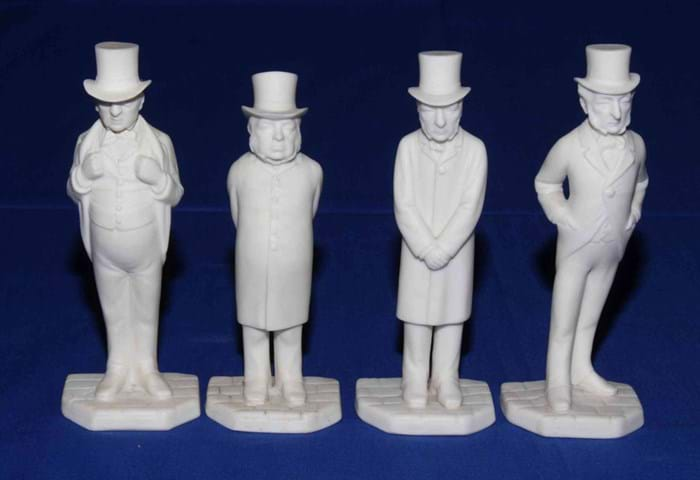
1. Mildred Shay’s locket and necklace – £2800
This 19th century gold, diamond, pearl and blue enamel locket and necklace, sold by Reeman Dansie in Colchester on August 11 for £2800, came with a little Hollywood stardust. Its former owner was the late Lady Mildred Steele, the American film actress of the 1930s better known as Mildred Shay (1911-2005).
The petite Shay, just 5ft tall, was dubbed the ‘Pocket Venus’ by Hollywood gossip columnists who gorged on her glamorous social life and numerous affairs. After two marriages that had lasted less than a year each, she met British army captain and actor Geoffrey Steele and married again in 1941.
“Most gave it three to six to months. Nobody gave us 40 years,” she recalled. The couple remained married until Steele died in 1987. By repute, this necklace c.1880 was a gift from Empress Eugenie of France to a friend's daughter prior to her marriage to Lieutenant-Colonel George Frederick Steele - Geoffrey Steele's grandfather.
The estimate was £1600-1800.
2. Alfred de Rothschild’s model of Bacchus – £3800

Renaissance revival rock crystal, lapis, silver and enamel model of Bacchus – £3800 at Woolley & Wallis.
The sale of Furniture and Works of Art at Woolley & Wallis on August 11 included 16 lots from Exbury House, the country estate on the edge of the New Forest acquired by Lionel Nathan de Rothschild (1882-1942) in 1919. He was himself a collector but most of these pieces entered the family via his uncle Alfred de Rothschild (1842-1918), builder of a mock French chateau on the 1400-acre Halton estate in Buckinghamshire. They came for sale in Salisbury by descent to the Trustees of Exbury House.
This 4in (10cm) rock crystal, silver and enamel model of a youthful Bacchus astride a barrel on a lapis lazuli base is typical of Le Goût Rothschild, the lavish aesthetic that championed furnishings in the Renaissance and pre-revolutionary French style. Made in Germany or Austria in the late 19th century, it bears a resemblance to the late 16th century silver-gilt and green turban shell Bacchus collected by Baron Ferdinand de Rothschild (1839-1898) and later bequeathed to the British Museum as part of the Waddesdon Bequest.
It is interesting to speculate that Alfred de Rothschild coveted his cousin's Bacchus and acquired a similar model for his own collection. Like all of the Rothschild lots it improved on estimate, selling at £3800.
3. Derbyshire’s glass sphinx – £1900
The best-known press-moulded models made by John Derbyshire at the Regent Road Flint Glassworks in Salford are the series of animal and figural paperweights made in frosted, flint and coloured glass. Of these the most desirable and most expensive is the 10in (25cm) winged Theban Sphinx.
The design, similar to one on the same Egyptian revival theme made by the Molineaux Webb factory, was registered on March 6, 1876 and made for perhaps just a year.
Derbyshire, from a glassmaking family based in the Manchester area, used his own mark of an anchor superimposed on the letters JD used between 1873-76.
This black glass example, with a full set of marks and a registration lozenge came for sale at Bamfords in Derby on August 6. Modestly pitched at £100-150, it took £1900 – a hefty sum but not as much as another version of this model sold for £2600 at Fieldings in Stourbridge in 2017.
It is believed the mould for the sphinx was sold to Gateshead’s Davidson factory in 1893. Later models without the JD mark are thought to have been made by Davidson at this later date.
4. Four Worcester figures of Victorian politicians – £2800
Estimated at £100-200 but sold for £2800 at Thomas Watson in Darlington was a set of four Worcester parian menu holders.
Each around 6in (15cm) high, these models depicting caricatures of top-hat-wearing Victorian politicians are from a rare series modelled by James Hadley c.1874. A similar range of menu holders depicting Dickensian London ‘types’, also by Hadley, was issued at much the same time under the title of the Down ‘N Outs.
In addition to the easily recognised figure of William Gladstone, this Darlington quartet offered at the auction on August 4 includes Hugh McCalmont Cairns, John Bright, and Robert Lowe. Although not included here, Benjamin Disraeli and Arthur Richard Wellesley, Earl of Mornington were also part of the set that was also available in coloured enamels.
5. Sailor’s valentine – £2600
There was a time when ‘sailor’s valentines’ such as this were thought to have been fashioned by talented lovesick seafarers while aboard ship using shells lovingly collected from foreign shores. It is now understood that they were made by artisans in the West Indies as part of a thriving 19th century cottage industry.
Many were bought by British and American sailors as souvenirs or as gifts for loved ones.
This relatively large example measuring 15in (37cm) across was estimated at £300-500 in the August 6 auction at West Sussex saleroom Toovey’s. It sold via thesaleroom.com at £2600.








